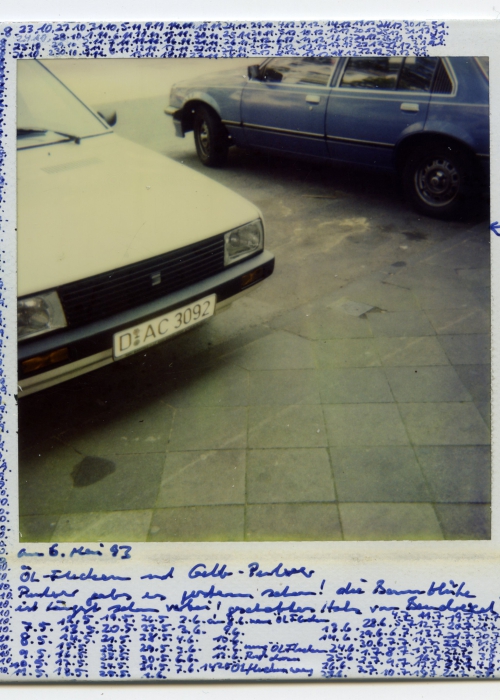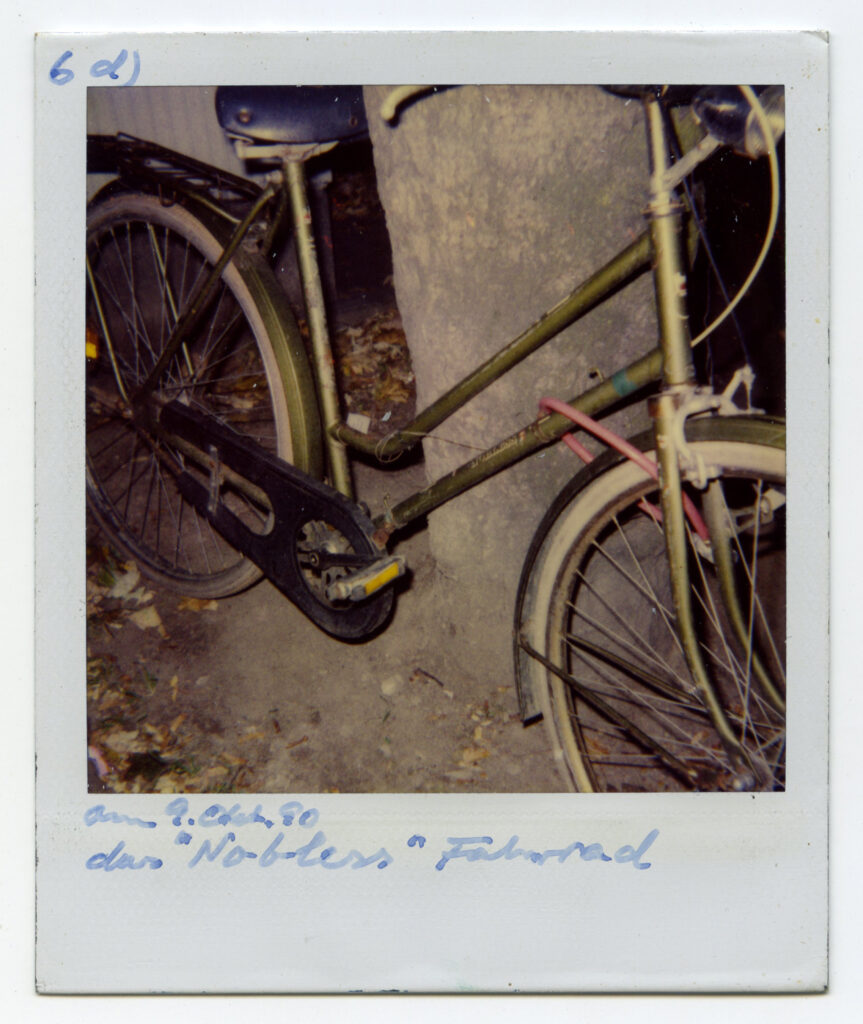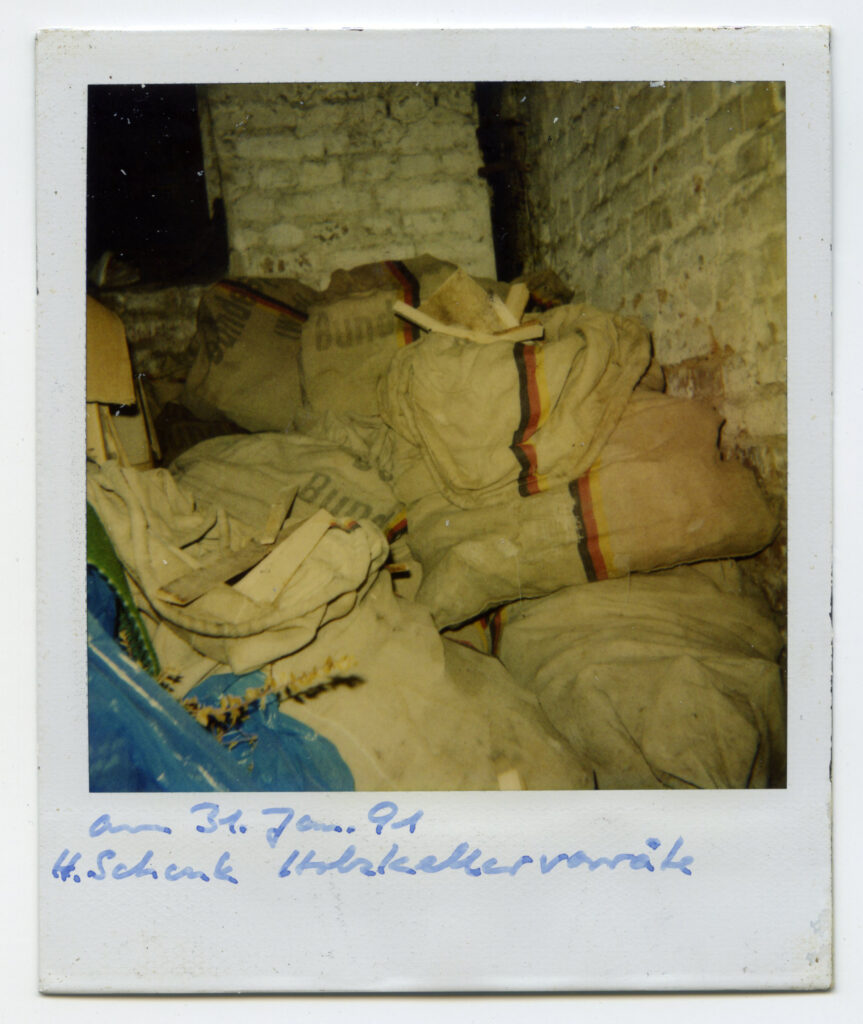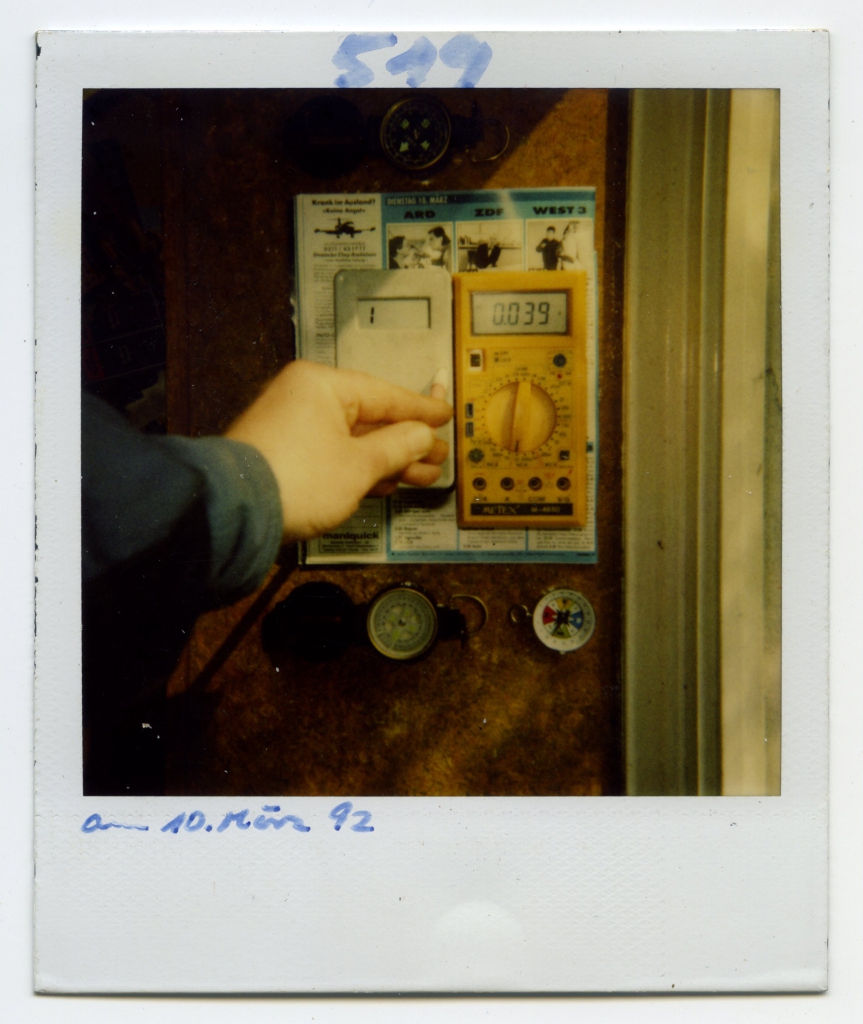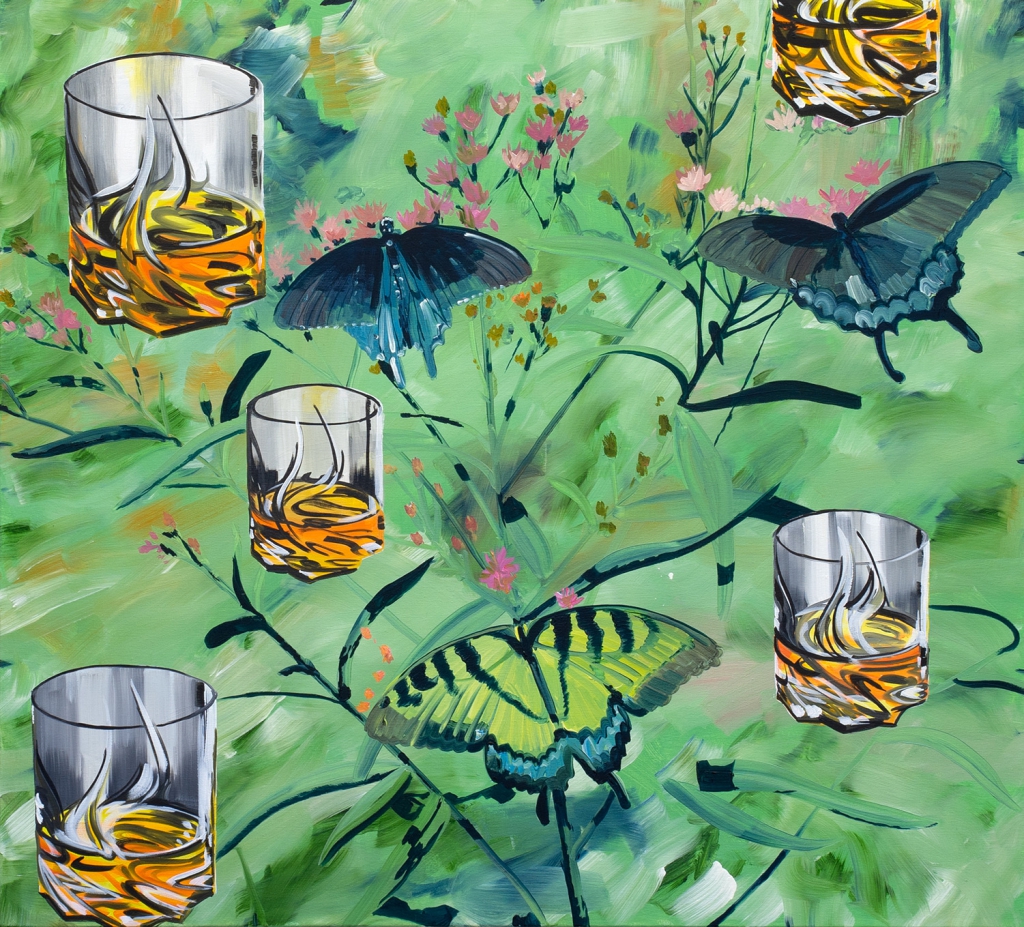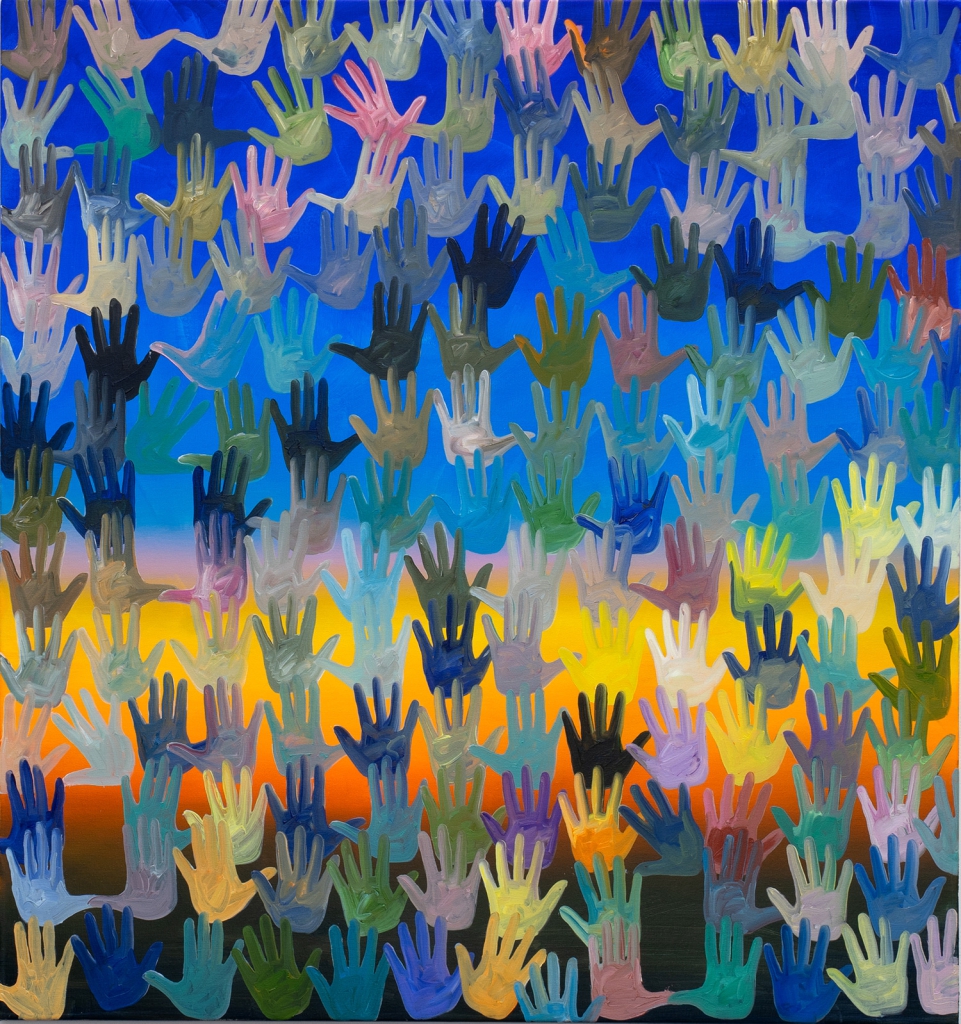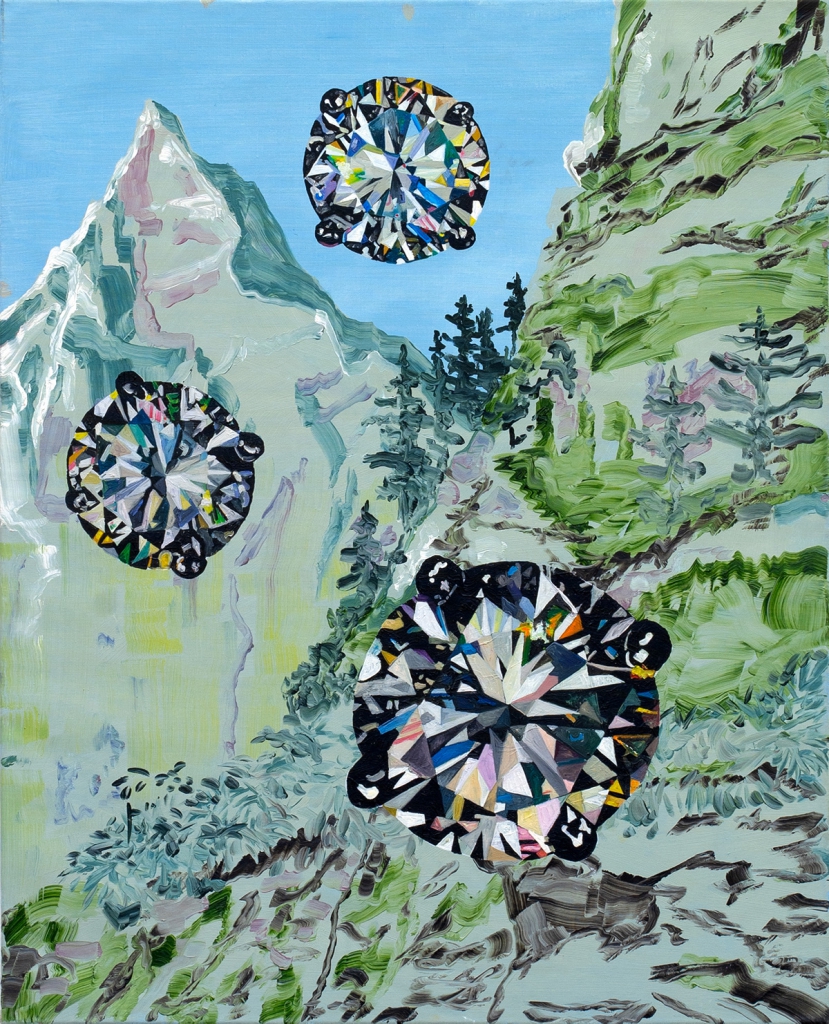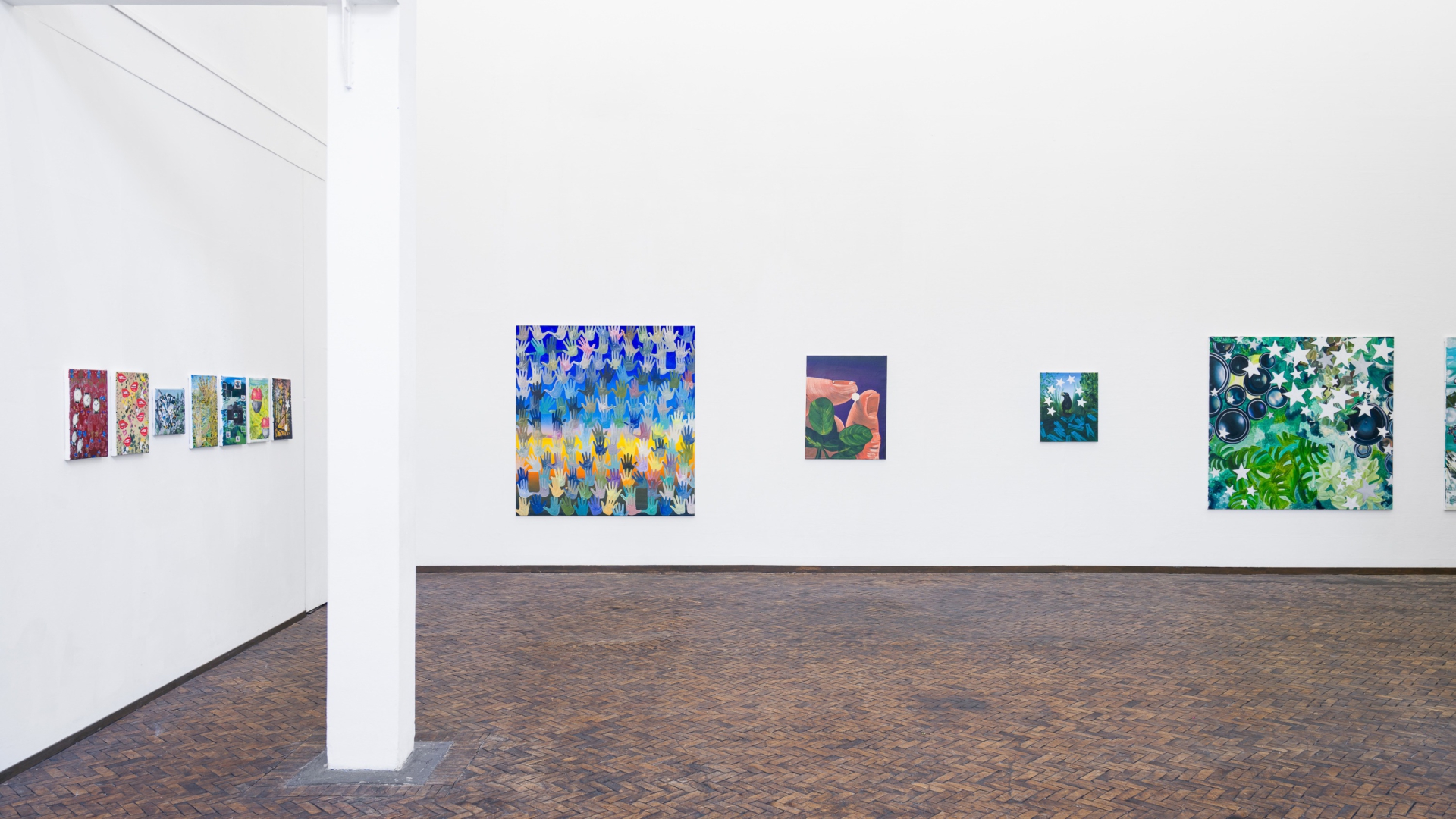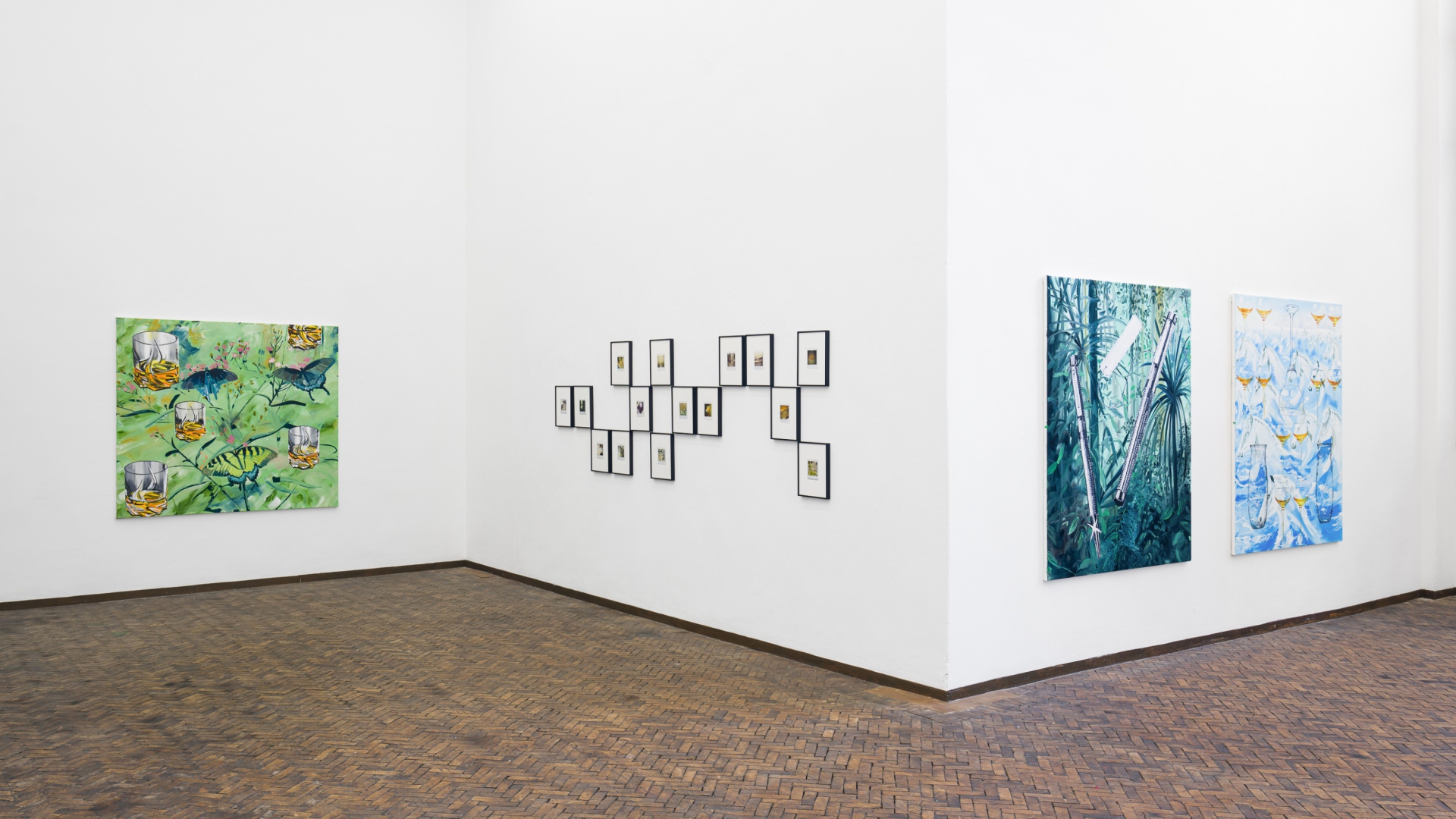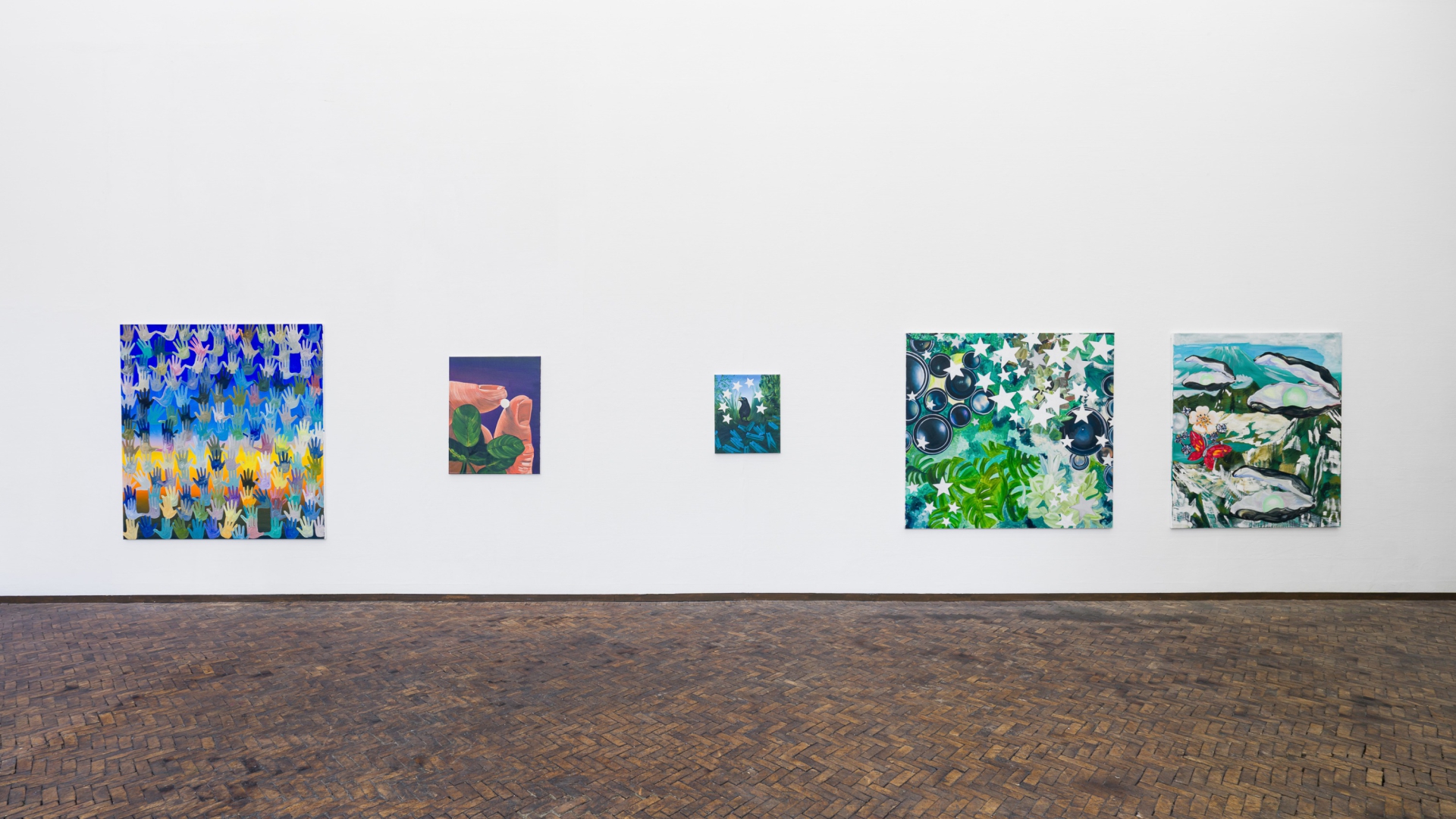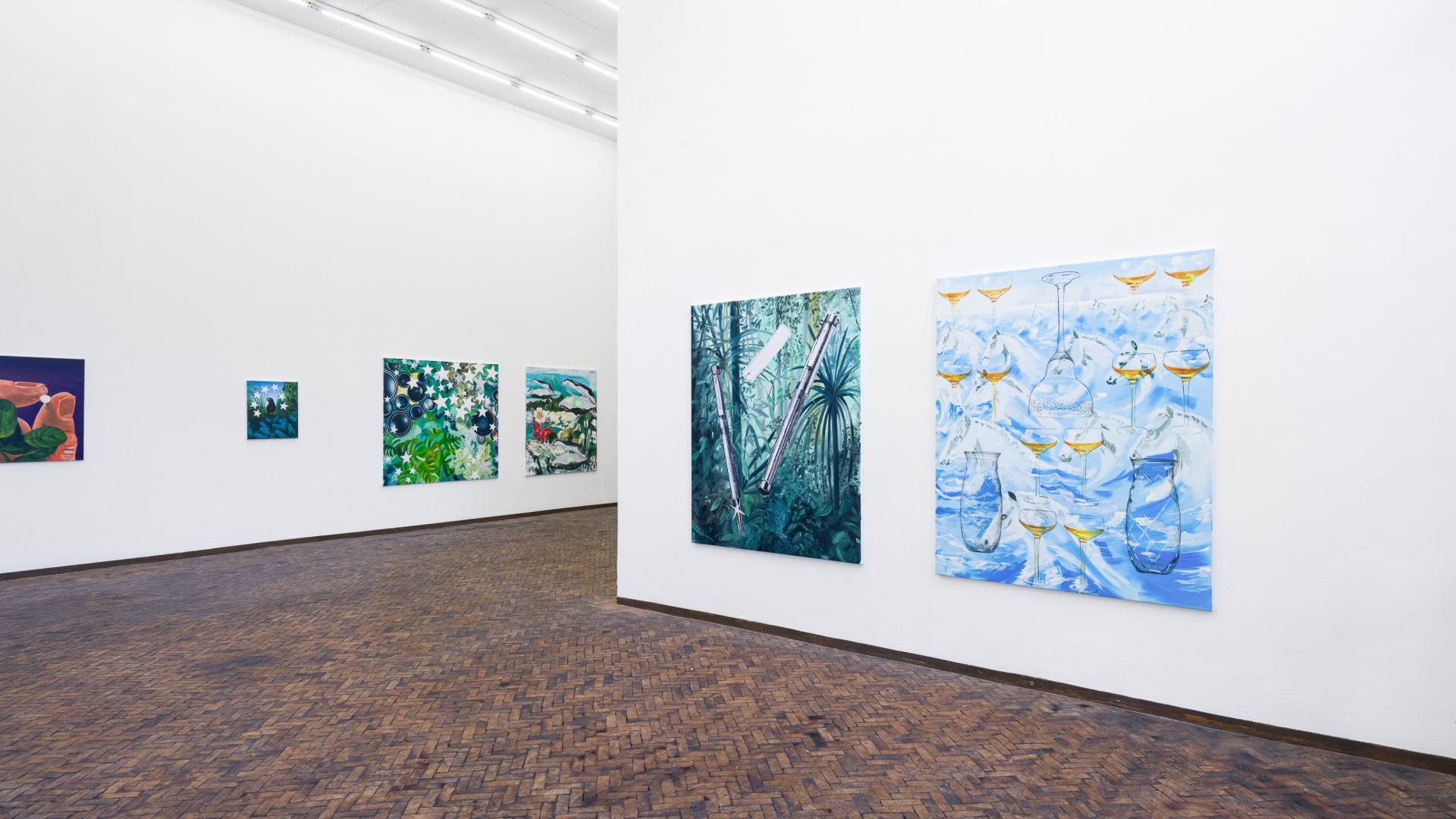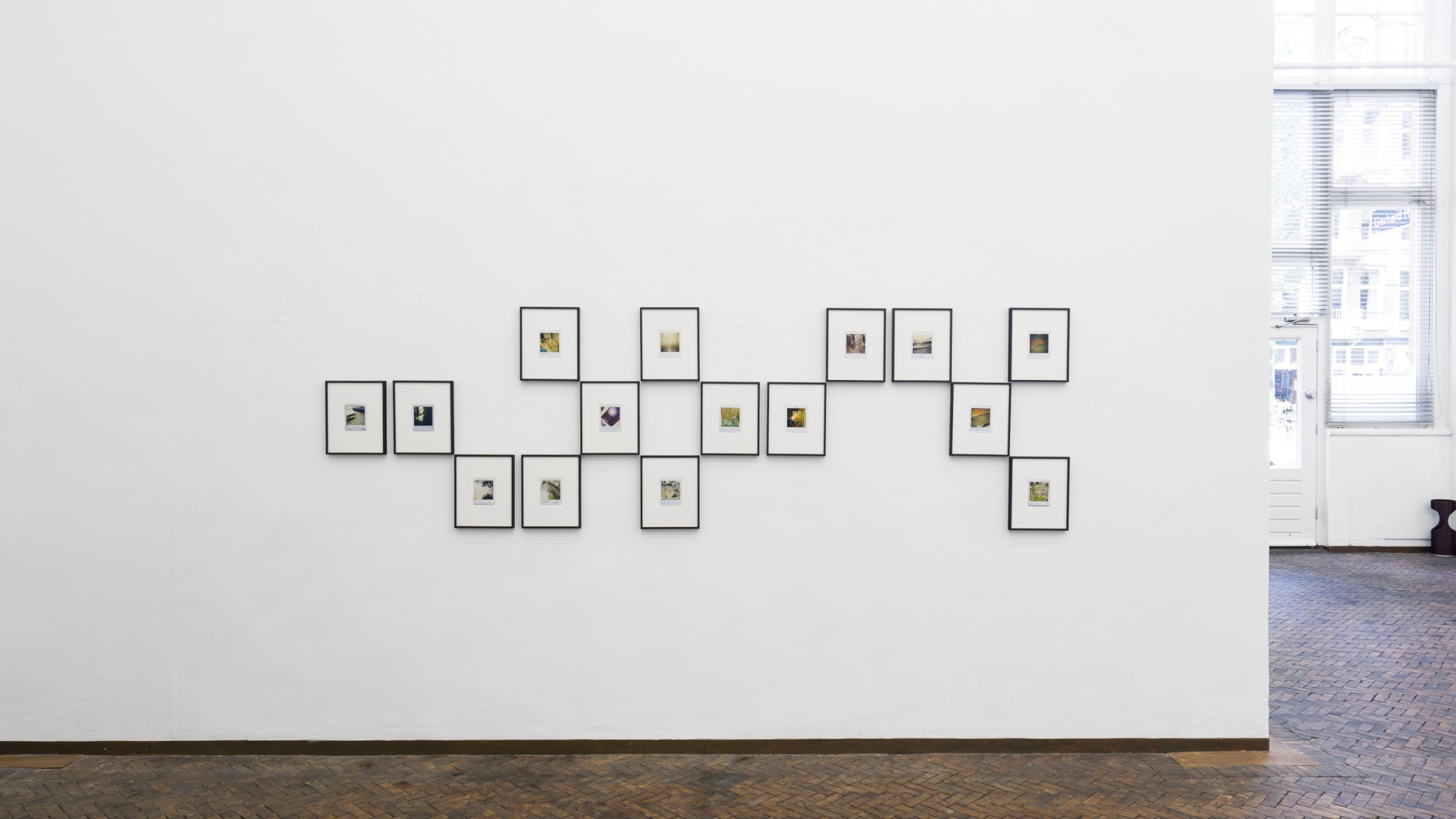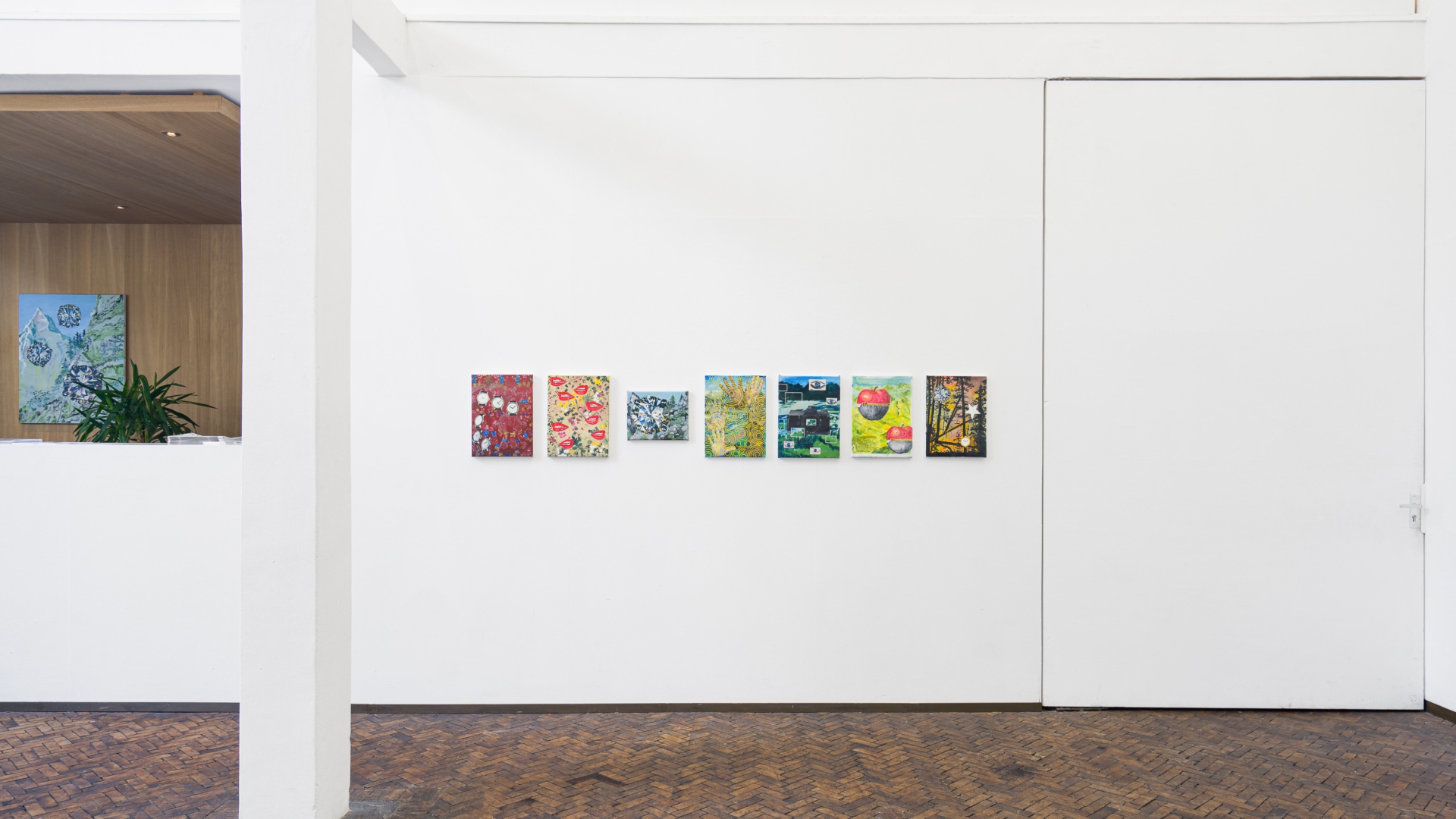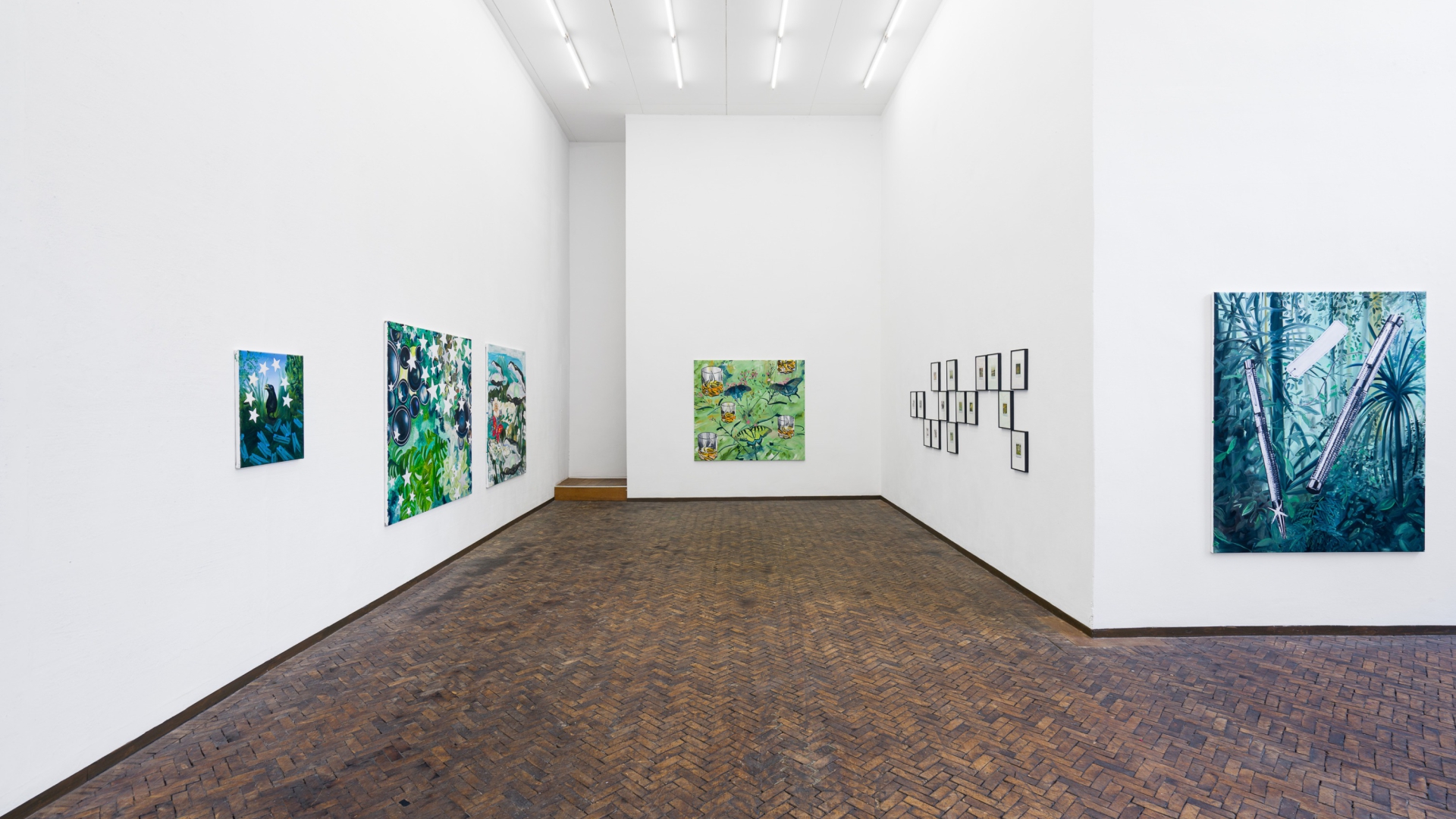
Marjolijn de Wit / Horst Ademeit
Marjolijn de Wit / Horst Ademeit
Two solo exhibitions
Two solo exhibitions
Opening Saturday 25th of May from 7-9 pm.
Making sense of life
Horst Ademeit
“It is just a question of time before I catch them red-handed,” Ademeit claimed. Horst Ademeit (1937-2010) obsessively devoted close to 40 years of his life to collecting information – through photography and meticulous note-keeping – that would establish the existence of what he called “cold rays,” unseen forces that he believed severely impaired and impacted his life and surroundings.
First trained as a textile designer, Ademeit entered Joseph Beuys’s class at the Kunstakademie Düsseldorf in the late 1970. When his work was rejected as too conservative—too academic—he left not only Beuys’s class but the art world at large. He took up photography in order to contend with his mounting “cold rays” concern and as a result of this mental state he was positioned within Photography Brut.
With the help of Polaroid photography as well as analog and digital photography, he initially started with documenting his immediate environment – his apartment building, its basement and yard, and nearby houses – he then moved further afield, scouring his neighbourhood for traces of “radiation damage.” Construction sites, automobiles, bicycles, and garbage piles were all subject to his photographic studies, each precisely labeled with date, time, and location. When he found that a building’s window shades were suspiciously left closed, Ademeit returned to the location daily, over the course of months, and if they remained that way he would note it in the margins of the original Polaroid.
These observation photos document the efficacy of this threatening power in his immediate life environment, showing construction site work, abandoned bicycles, accumulations of garbage, and oil slicks. Each of the several thousands of daily images is numbered, dated, and inscribed with indications of the date, the smells, sounds, weather and the instruments’ readings, as well as Ademeit’s reflections concerning the news and daily life in his miniature handwriting that is hardly readable. Ademeit created structures of order for himself in an attempt to make sense of an otherwise all-consuming presentiment and presented this in exactly 6.006 polaroids.
Horst Ademeit (1937-2010, GER) was born in Cologne, Germany and lived and worked in Düsseldorf, Germany, where he ultimately passed away in 2010. He was discovered in 2008 by Delmes & Zander, where he had his first exhibition. In the year of his passing he had his breakthrough in New York at White Columns and a year later in 2011 he had his first solo museum exhibition at Hamburger Bahnhof, Berlin. He has since been in many group exhibitions in various galleries mainly in Germany, but also in London at Somerset House and at David Zwirner in New York. His work is home in collections such as Art Institute of Chicago, Collection Bruno Decharme and Delmes & Zander.
Opening Saturday 25th of May from 7-9 pm.
On Lies, Secrets and Silence
Marjolijn de Wit
The works of Marjolijn de Wit explore the ideas of future archeology, the interpretation of history, and our relationship with nature and consumerism. Often composed from a random mixture of various elements of flora and fauna such as leaves, birds, or flower petals, De Wit disturbs their hierarchy by adding human made objects, abstract painterly shapes, and playing with size, scale and composition that resembles the technique of collage. Unrelated objects appear as debris of a story that has yet to take place, even if it is only in the mind of the spectator entirely. They are the rubble of our society, in which nature is ever so often disrupted by the human urge to control it, and of which De Wit’s works provide a frame for the spectator to constantly find new narratives.
Distinctive to her practice is her use of contemporary signifiers; National Geographic magazines from the 70’s that continuously refer to forms of human creation and the existence of culture as oppositional to the wilderness of nature. Also in her techniques and use of painterly materials De Wit finds balance between images of nature, advertisements and news articles that remain relevant to this day. She wants to show how nature and consumerism continually influence each other, while residing on opposite ends of the spectrum. The artist, offering mere fragments of a whole, transitions between historian and visual trickster, inviting us to imagine not just her created histories, but also speculate on how future generations will interpret ours.
Marjolijn de Wit (1979, NL) lives and works in Utrecht. She graduated from the Academy of Art and Design St. Joost in Breda and from 2008 – 2009 she was a resident at the Rijksakademie in Amsterdam. Her museum exhibitions include Torrance Art Museum, Torrance, CA, Weserburg Museum of Modern Art, DE, CODA Museum Apeldoorn, NL, the De Pont Museum, Tilburg, NL, the Gemeentemuseum, The Hague, NL, and the Museum Van Bommel Van Dam, Venlo, NL. She has had solo exhibitions at several galeries including Otto Zoo Gallery, Milan (IT) and Asya Geisberg Gallery, New York (US). She earned the 2013 PULSE Prize, a jury-awarded grant, and has been the recipient of the Mondriaan Fund, and Amsterdam Fonds Voor de Kunst developing stipend. Her work has been reviewed by Blouin Artinfo, Het Parool, Dutch Culture USA, Collector Daily, and Feature Shoot, among others.
Artists
Artists
Horst Ademeit
